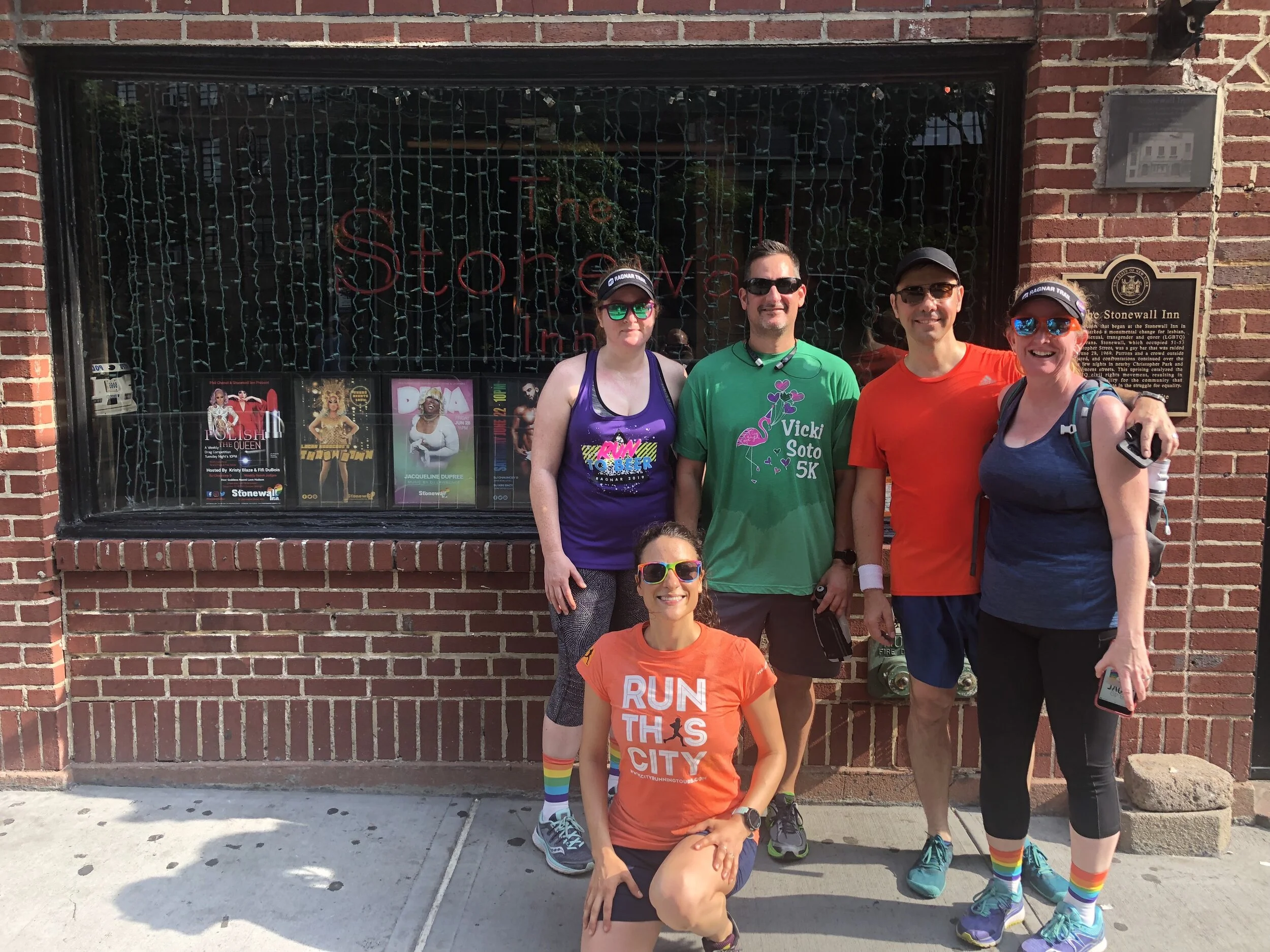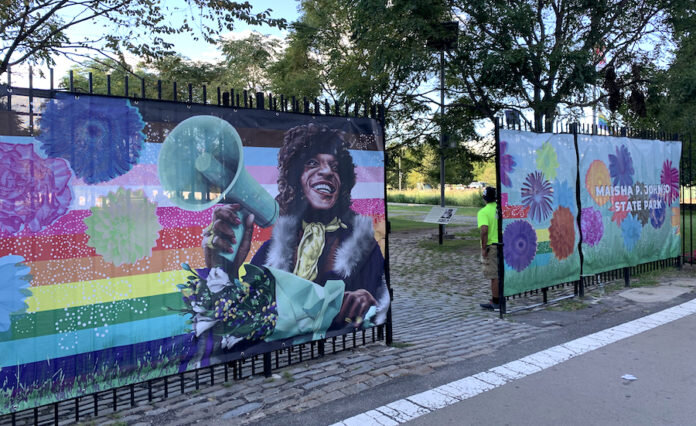We are continuing our celebration of Pride Month by highlighting the esteemed poet and free-love advocate, Edna St. Vincent Millay.
Millay was born on February 22, 1892 in Rockland, Maine. She was named after St. Vincent’s hospital in New York City because her uncle survived a deadly disease through care at St. Vincent’s before Millay was born. Edna’s mother, Cora, was a great fan of poetry, so Edna grew up reading Shakespeare and Milton, among other influential writers.
Throughout her childhood, Edna explored pushing the boundaries of gender norms for the time period in which she lived. She preferred to be called “Vincent,” and, while attending college at Vassar, she had several well-documented romantic relationships with women. These experiences greatly shaped her writing and advocacy in the future.
Upon graduating from Vassar, Millay moved to New York City, where she lived in Greenwich Village. Her most famous residence is at 75½ Bedford Street, which is the narrowest home in the entire city. You can see the building on both our Village Tour and our annual Pride Tour!
Edna St. Vincent Millay’s Residence in the West Village
While living in the Village, Edna worked to launch her career as a poet. She wrote about taboo subjects and included her own desires for both men and women in her writing. She was known for being extremely outgoing and charming, and also highly talented in her lyrical prose. In 1924, she helped found the Cherry Lane Theater to encourage further flourishment of the arts in Greenwich Village.
Millay’s career bloomed throughout the 1920s and 30s. She was praised by feminists, LGBTQ rights advocates, and other marginalized groups with whom Edna’s poetry particularly resonated. She was truly valued as one of the most outspoken and progressive thinkers of mid-20th century New York City.
Unfortunately, Edna’s success began to decline after WWII, when she was injured in a car accident and found herself in debt from gambling and supporting her sister, who was unwell at the time. Edna moved to Austerlitz, New York, where she quietly continued writing for herself, but not for major publication. After several years of poor health and financial struggles, Edna died on October 19, 1950 from a heart attack.
Edna St. Vincent Millay is remembered as an extremely talented, passionate, and thoughtful advocate for LGBTQ and women’s rights. Through her writing, Edna gave voices to many people who were silenced by the political and social climates in which they lived. We’re proud to feature Edna’s legacy as part of our celebration of Pride Month 2021. To learn more join us on our Pride Running Tour on Saturday, June 26th at 7 am.



















